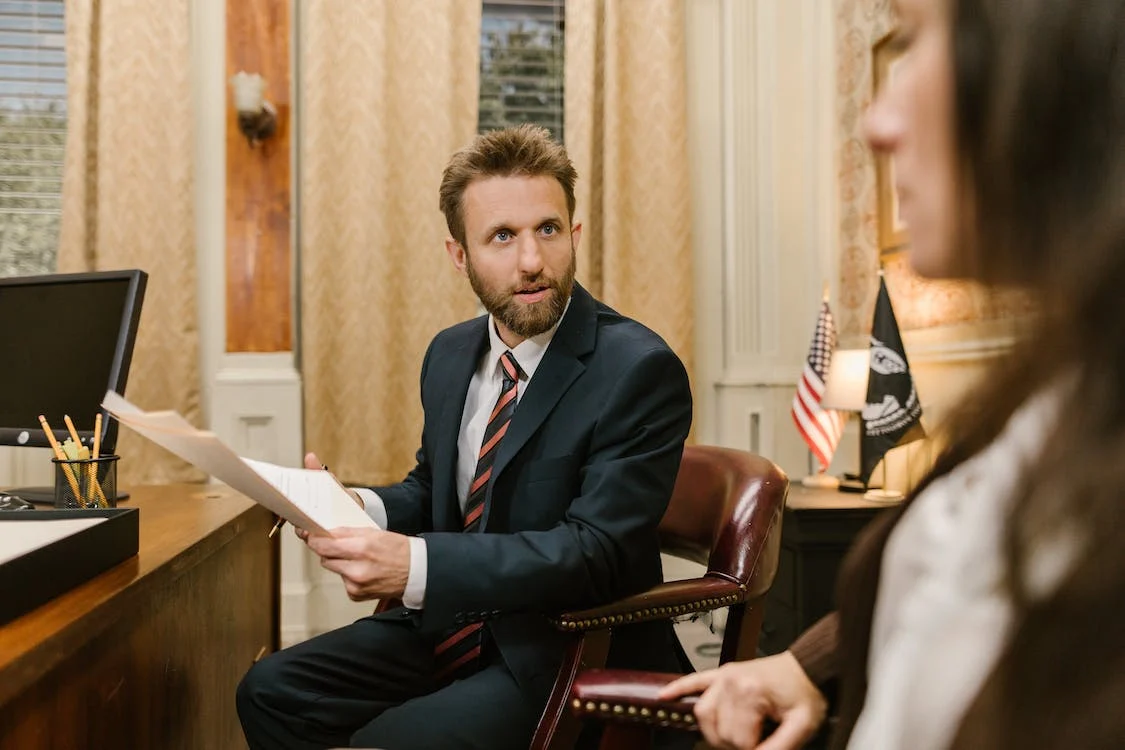In personal injury cases, the question of fault is often central to determining liability and damages. Arizona law recognizes the concept of comparative negligence, which means that a plaintiff’s recovery can be reduced in proportion to their own fault. However, Arizona also recognizes the concept of pure comparative negligence, which has some important differences from other comparative negligence regimes.

How does pure comparative negligence work?
Under pure comparative negligence, a plaintiff can recover damages even if they are more than 50% at fault for their own injuries. In other words, even if the plaintiff is found to be mostly responsible for the accident, they can still recover damages, but the amount they are able to recover will be reduced by their percentage of fault.
For example, imagine that a driver runs a red light and hits a pedestrian who is jaywalking. The pedestrian is found to be 70% at fault for the accident because they were not using a crosswalk. The driver is found to be 30% at fault for running the red light. If the pedestrian’s damages are $100,000, they would be able to recover $30,000 from the driver, who is proportionally responsible for their injuries.
This system can seem harsh to some people, who believe that plaintiffs who are mostly responsible for their own injuries should not be able to recover any damages. However, the pure comparative negligence system reflects a belief that everyone should be responsible for their own actions and that recovery should be available to plaintiffs in any amount, no matter how small.

Does pure comparative negligence law help Plaintiffs?
Pure comparative negligence can also make it easier for plaintiffs to recover damages in cases where liability is disputed or unclear. For example, if a pedestrian is hit by a car while crossing the street, but there is some dispute over whether the pedestrian was jaywalking or whether the driver was speeding, a pure comparative negligence system allows the court to apportion fault and determine liability based on the evidence presented.
However, pure comparative negligence can also make it more difficult for plaintiffs to recover damages in cases where their own fault is a significant factor. For example, if a plaintiff is found to be 90% at fault for an accident, their recovery will be severely limited. In cases where the plaintiff’s own fault is a major factor, it can be important to work with an experienced personal injury attorney who can help build a strong case and argue for a fair recovery.
Overall, pure comparative negligence is an important aspect of Arizona personal injury law that can have significant implications for plaintiffs and defendants. If you have been injured in an accident and are considering pursuing legal action, it’s important to work with an attorney who understands the complexities of comparative negligence and can help you navigate the legal system to secure a fair recovery.
